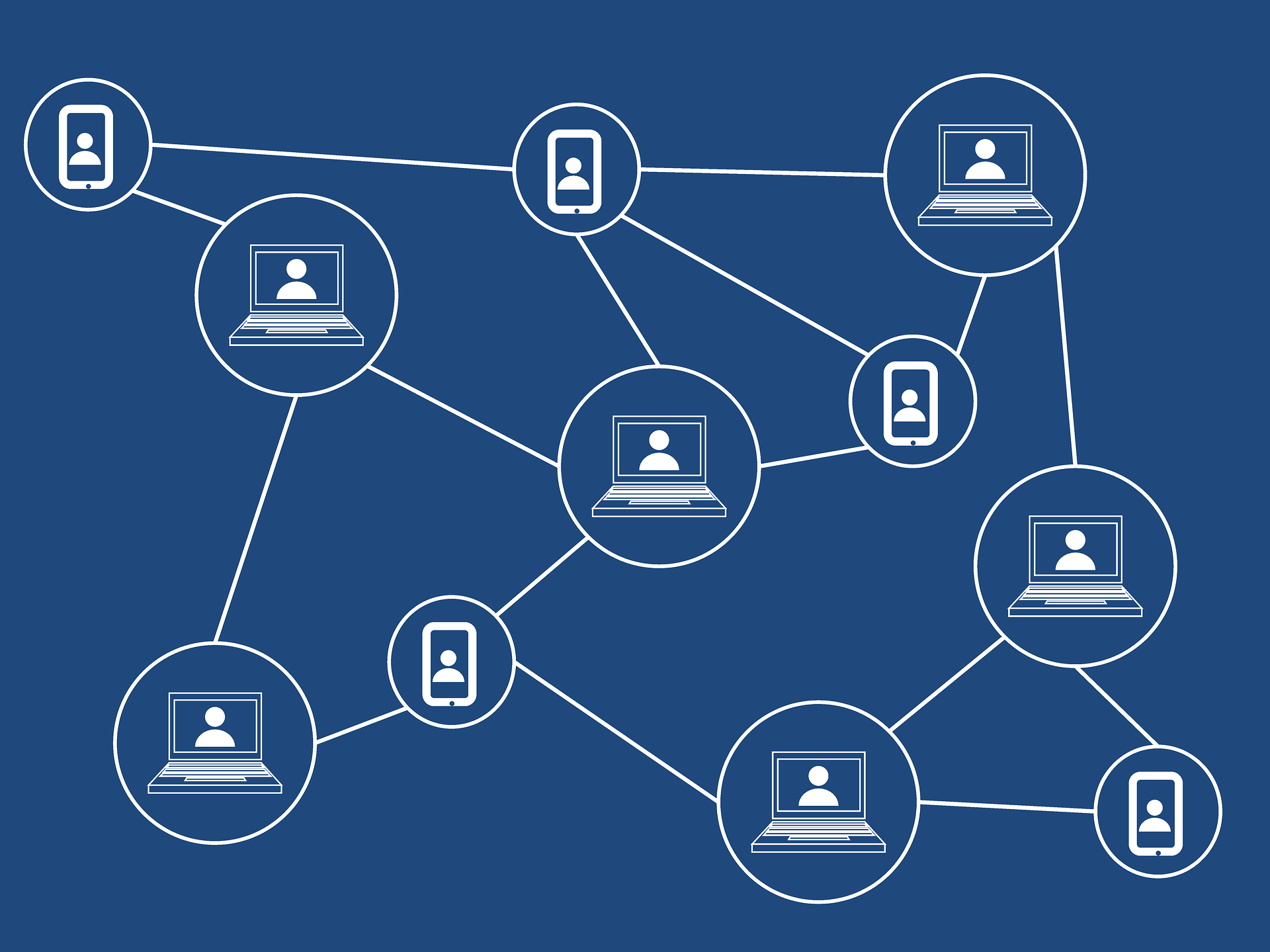
Physical layer:
It defines the electrical and physical specification of the data connection. It defines the relationship between a device and a physical transmission medium (e.g a copper or fiber optical cable, radio frequency). It defines transmission mode i.e simplex. Half duplex, full duplex. It defines the network topology as bus, mesh or ring being some of the most common.
Data Link Layer:
The data link layer provides node-node data transfer a link between two directly connected nodes. It detects and possibly correct error that may occur in physical layer. It among other things, defines the protocol for flow control between them.
IEE 802 divides the data link layer into two sub layers:
Media Access Control (MAC) layer: responsible for controlling how devices in a network gain access to data and permission to transmit it.
Logical Link Control (LLC) layer- responsible for identifying network layer protocols and then encapsulates them and controls error checking and packet synchronization.
Network Layer:
The network layer provide the functional and procedural means of transferring variable length data sequences called datagram’s from one node to another connected to the same network. It translates logical network address into physical machine address. A network is a medium to which many nodes can be connected, on which every nodes has an address and which permit nodes connected to it to transfer messages to other nodes connected to it by merely providing the content of message and the address of destination mode.
Transport Layer:
This transport layer provides the functional and procedural means of transferring variable-length data sequence from one source to a destination host via one or more networks. While maintaining the quality of the service functions. An example of the transport layer protocols in the standard internet stack is Transmission Control Protocol(TCP). Usually built on top of the internet Protocol (IP). It controls the reliability of a given link through flow control, segmentation/ desegmentation and error control
Session Layer:
The session layer controls the dialogues (connection) between computers. it establishes, manages and terminates the connection between the local and remote application. It provides full-duplex, half duplex or simplex operation and establishes check pointing adjournment, termination and restart procedures. OSI model made this layer responsible for graceful close of sessions, which is the property of the transmission control protocol and also for session checkpointing and recovery, which is not usually used in internet protocol suite. The session layer is commonly implemented explicitly in application environments that are use remote procedural calls
Presentation Layer:
This establish context between application layer entities, in which the application layer entities may use different syntax and semantics if the presentation service provides a big mapping between them if a mapping is available, presentation service data unit are encapsulated into session protocol data units, and passed down the protocol stack.
Application Layer:
The application layer is the OSI layer closest to the end user, which means both OSI application layer and the user interact directly with the software application this layers interact with software application that implement a communicating component. Application layer functions includes identifying communication partner, determining source availability and synchronizing communication. When identifying communication partners the application layer must determine the identity and availability of communication partners for an application with data to transmit whether sufficient network or the requested communication exist.